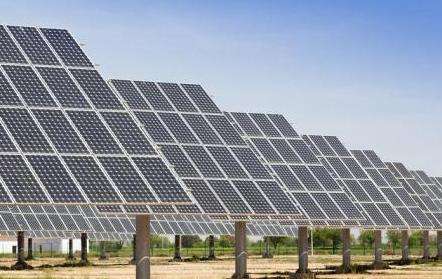Primary
So-called primary energy refers to various energies and resources extracted directly from nature without processing or conversion. It includes: raw coal, crude oil, natural gas, oil shale, nuclear power, solar power, hydro power, wind power, wave power, tidal power, l geothermal energy, biomass energy, ocean temperature difference energy, etc.
The energy products obtained after processing and converting primary energy are called secondary energy, such as : electricity, steam, coal gas, gasoline, diesel, heavy fuel oil, liquefied petroleum gas, alcohol, biogas, hydrogen and coke, etc.
Primary energy can be divided into two categories: renewable energy and non-renewable energy. Renewable energy includes solar energy, hydropower, wind energy,biomass energy, wave energy, tidal energy, ocean temperature difference energy, etc. They can be recycled in nature. crude oil, natural gas, oil shale, nuclear power, etc. They are. If something isn't renewable, use it and you'll get less of it.
Never say die. Never be discouraged!
Is solar energy a primary energy source or a secondary energy source?
Primary energy belongs to primary energy
Primary energy, i.e. natural energy, refers to easily available energy. in nature, such as coal, oil, natural gas, hydroelectricity, etc.
Secondary energy refers to energy products from the processing of primary energy, such as electricity, gas, steam and various petroleum products, etc.
Solar energy is aenergy.
Primary energy refers to energy resources that exist in nature in their original form without processing or conversion, also called natural energy, such as coal, oil, natural gas, hydraulic power, etc.
Solar energy is a renewable energy source. It refers to the energy of thermal radiation from the sun and its main manifestation is often called solar rays. Nowadays, it is typically used to generate electricity or provide energy for water heaters. Since the birth of life on Earth, it has survived mainly on the energy of thermal radiation provided by the sun.
Solar energy is generated by the fusion of hydrogen and helium inside the sun to release enormous nuclear energy. This is the energy of solar radiation. Most of the energy needed by humans comes directly orindirectly from the sun. Plants release oxygen, absorb carbon dioxide and convert solar energy into chemical energy and store it in the plant body through photosynthesis.
Advantages of solar energy
1. Long-lived: According to estimates of the rate of nuclear energy produced by the sun, hydrogen storage is enough to last tens of billions of years, while Earth's lifespan is also about several billions of years. In this sense, we can say that the energy of the sun is inexhaustible.
2. Universal: The sun shines all over the earth and there are no geographic restrictions. It can be found everywhere, regardless of land or sea, mountains or islands. It can be directly developed and used, easily. to collect and does not require mining or transportation.
3. Harmless: the development and use ofSolar energy will not pollute the environment. It is one of the cleanest energy sources today, as environmental pollution becomes more and more valuable.
4. Huge: The energy from solar radiation that reaches the Earth's surface each year is equivalent to about 130 trillion tons of coal. Its total quantity is the largest energy that can be developed in the world today.














